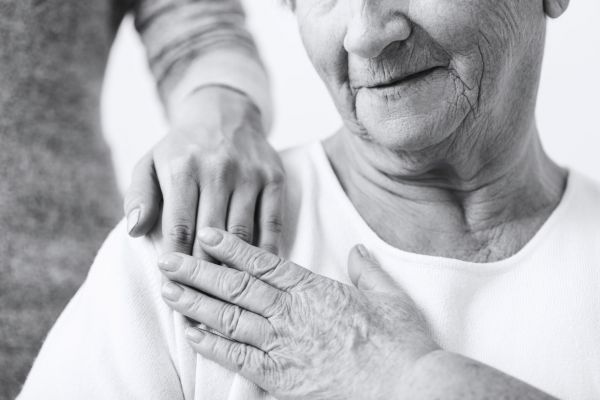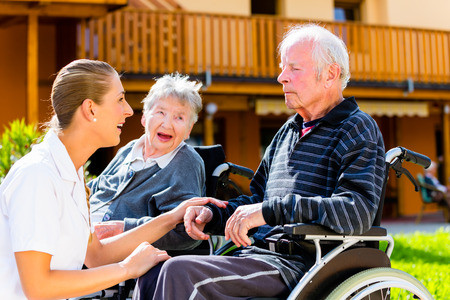How to Provide Proper Skin Care and Prevent Pressure Ulcers
iSavta | 28.01.2024

Maintaining healthy skin is crucial for overall well-being, and this becomes even more critical for individuals at risk of developing pressure ulcers. Pressure ulcers, also known as bedsores or pressure sores, are localized injuries to the skin and underlying tissues, primarily caused by prolonged pressure on specific body areas. These wounds can be painful, slow to heal, and lead to serious complications. However, with proper skin care and preventive measures, the occurrence of pressure ulcers can be significantly reduced or even avoided altogether. In this article, we will explore effective strategies to provide proper skin care and prevent the development of pressure ulcers.
Regular Skin Inspection:
Regular skin inspection is essential to identify any early signs of pressure ulcers. Caregivers should thoroughly examine the skin, particularly in areas prone to pressure, such as the heels, sacrum, hips, and elbows. Look for redness, discoloration, swelling, or any changes in skin temperature. Early detection enables prompt intervention and prevents the progression of ulcers.
Maintain Cleanliness:
Keeping the skin clean and dry is crucial to prevent pressure ulcers. Gently cleanse the skin with mild soap and warm water, avoiding harsh scrubbing that can damage delicate skin. Pay special attention to skin folds and creases, as they are prone to moisture buildup and subsequent skin breakdown. After cleansing, ensure thorough drying to minimize the risk of friction-related damage.
Optimal Nutrition and Hydration:
Proper nutrition and hydration play a vital role in maintaining healthy skin. Adequate protein intake helps promote skin integrity and facilitates wound healing. A well-balanced diet rich in vitamins and minerals, particularly vitamins A, C, and E, supports the skin's natural defense mechanisms. Additionally, ensuring proper hydration maintains skin elasticity and reduces the risk of dryness and breakdown.
Regular Repositioning:
Prolonged pressure on specific body areas can lead to the formation of pressure ulcers. Regular repositioning is key to relieve pressure and minimize the risk. Encourage individuals to change their position at least every two hours if possible. Utilize specialized cushions, pads, or mattresses to distribute pressure evenly and reduce the concentration on vulnerable areas.
Adequate Support Surfaces:
Investing in suitable support surfaces can significantly reduce the risk of pressure ulcers. These surfaces include pressure-reducing mattresses, overlays, or cushions. They work by redistributing pressure, minimizing friction and shear forces, and promoting blood circulation. The choice of support surface should be based on individual needs and risk assessment.
Optimize Moisture Management:
Excessive moisture can weaken the skin's protective barrier and make it more susceptible to damage. Proper moisture management involves keeping the skin adequately hydrated while preventing excessive perspiration or incontinence-related moisture. Use moisture-barrier creams or ointments to protect vulnerable areas, and consider moisture-wicking fabrics to maintain dryness.
Encourage Physical Activity:
Regular physical activity promotes blood circulation, strengthens muscles, and helps prevent pressure ulcers. Encourage individuals to engage in appropriate exercises, depending on their abilities and mobility. Even simple range-of-motion exercises can have a significant impact on reducing pressure ulcer risk.
Education and Training:
Proper education and training of caregivers, patients, and their families are essential for effective prevention. Teach them about the risk factors, early signs, and preventive strategies for pressure ulcers. Emphasize the importance of consistent skin care routines and the need for vigilance in maintaining skin health.
Conclusion:
Preventing pressure ulcers requires a comprehensive approach that focuses on regular skin inspections, cleanliness, optimal nutrition, repositioning, and the use of adequate support surfaces. By following these guidelines and incorporating them into daily care routines, individuals at risk can significantly reduce the occurrence of pressure ulcers and promote overall skin health. Remember, prevention is always better than treatment when it comes to pressure ulcers, and a proactive approach is key to maintaining healthy, resilient skin.











